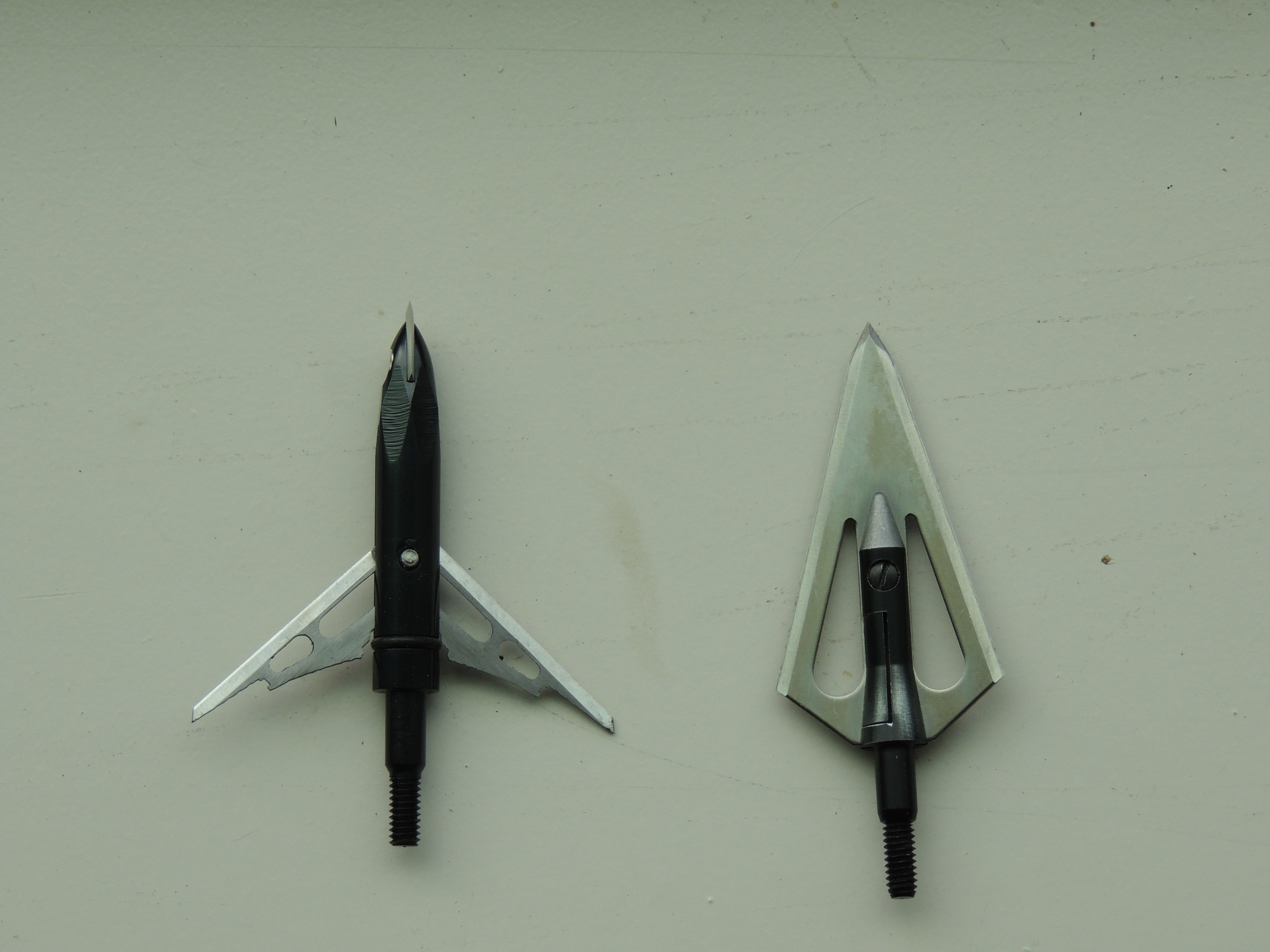Does the mechanical advantage of a broadhead really matter?
Regardless of what bow you shoot, it can only produce a set amount of force. Making the most of that force is what Mechanical Advantage (MA) is all about. Mechanical advantage is not a term specific to bowhunting, it’s a basic engineering principle, or, applied physics, as some would call it.

Ready to find out more?
To learn how to measure your broadheads mechanical advantage (MA) and much more, get your copy of the book “Can’t Lose Bowhunting” by Jeremy Johnson
In the engineering world, a broadhead is a type of inclined plane which would be classified as a “Simple Machine.” Mechanical Advantage is a formula engineers use to measure the efficiency of a “Simple Machine,” or in other words, how much work a machine can accomplish with whatever force it has. With broadheads being our Simple Machine, we are measuring how much “work”, or in our case penetration potential, a broadhead can provide with whatever amount of force our bow applies to it.
Output divided by input = Mechanical Advantage (MA)
Next to an arrow’s forward of center, broadhead mechanical advantage has more of an effect on penetration than any other factor. Steep angles, wide cutting diameters, and more blades, all require more force to make an arrow penetrate and lower a broadhead’s mechanical advantage. This isn’t much of an issue when only soft tissue is encountered, but when you hit a shoulder bone, center punch a rib, or have to penetrate a lot of tissue to reach both lungs (such as in a quartering away shot), you’ll need mechanical advantage on your side!
Ed Ashby’s animal penetration tests proved what engineers already know: if mechanical advantage goes up 30% on an arrow, penetration will go up 30%.
